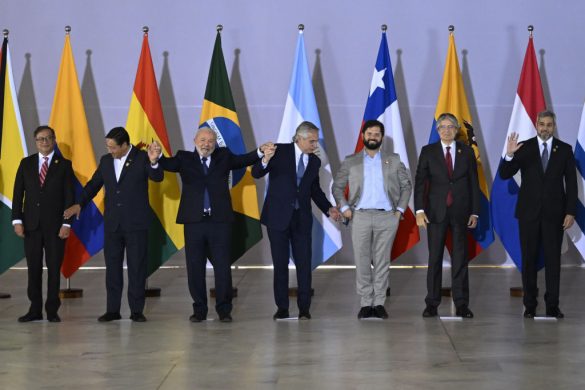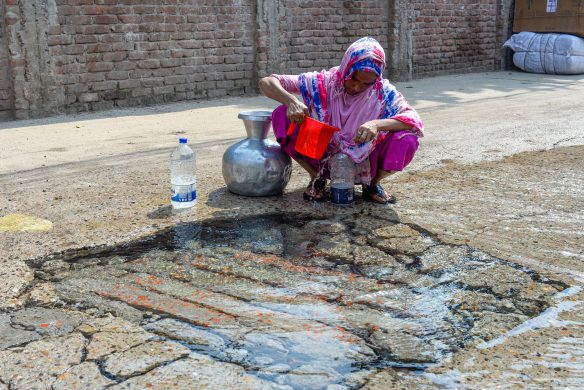FNs Økonomiske Kommission for Latinamerika og Caribien, ECLAC, bringer i sit seneste review analyser af blandt andet den latinamerikanske middelklasse og Kina-effekten.
SANTIAGO de CHILE, 19 April 2011:This edition of ECLAC’s main academic publication also includes articles on financial systems and investment financing systems in the region, factors affecting wage inequality, MERCOSUR as an export platform for the automotive industry, a new concept about social stratification and two studies on Brazil: one on the country’s sugar sector and alcohol, and another on the effects of fiscal policy.
In the article “The middle class in Latin America is growing and changing”, an update, the authors Rolando Franco, Martín Hopenhayn and Arturo León explore the objective and subjective changes to the middle class in Latin America between 1990 and 2007, using a bidimensional analysis combining the occupation of the main household breadwinner and family income.
They conclude that, up to the crisis of 2008, the number of middle class households and their average income grew thanks to 3 factors: higher GDP of countries, falling poverty and a slight improvement in income distribution.
In The “China effect” on commodity prices and the value of Latin American exports, a Professor from the University of East Anglia (United Kingdom), Rhys Jenkins, estimates the contribution of the rise in Chinese demand to the price increase of the 15 main commodities exported from this region.
He concludes that, depending on the estimate used, Latin America has earned between 42.000 and 75.000 million dollars as a result during the period concerned (2002-2008).
In the article Bahamas and Barbados: empirical evidence for the transmission of interest rates, the authors Nlandu Mamingi, Daniel O. Boamah and Mahalia N. Jackman analyse the interest rate transmission mechanisms in Bahamas and Barbados. They empirically research how effectively the interest rate policies of the two central banks impacted the behaviour of commercial banks in the period between January 1995 and April 2007.
Lastly, the articleVariability and consistency in commodity prices in Latin America, the ECLAC economists Omar Bello, Fernando Cantú and Rodrigo Heresi research commodity price patterns in relation to external shocks.
They conclude that, over the past 50 years, prices have displayed considerable variability, and that the shocks that affect them tend to be highly consistent.














